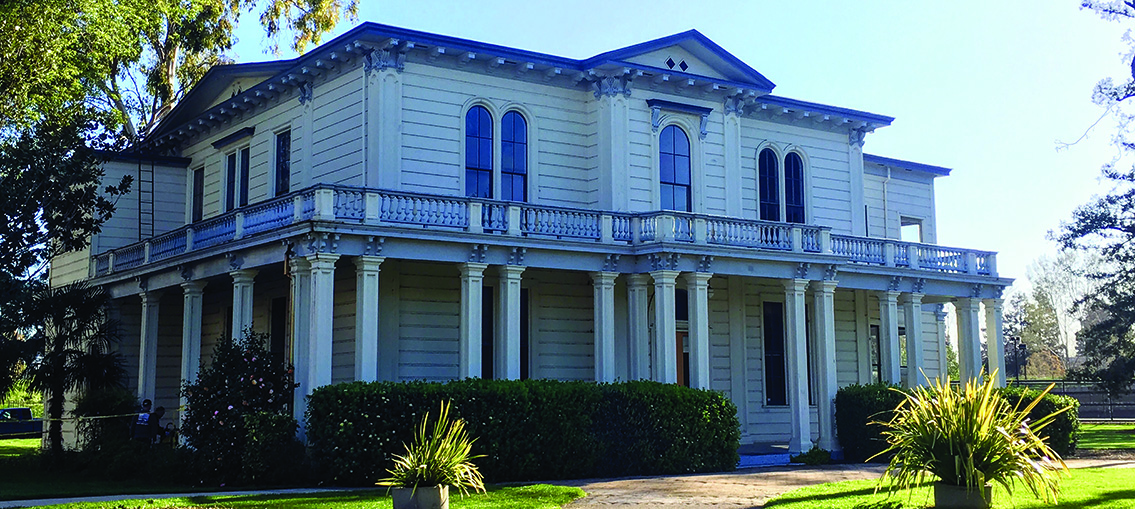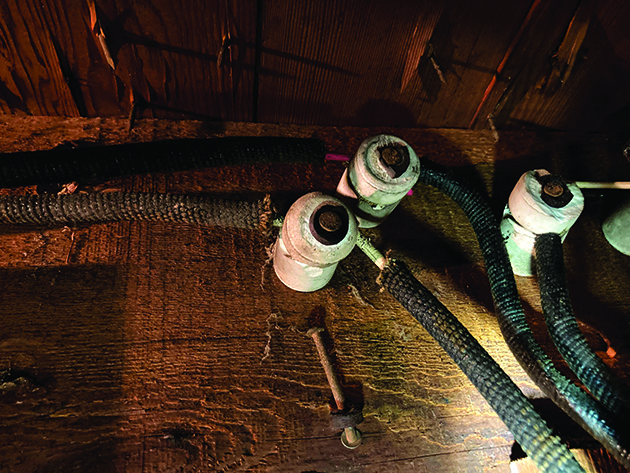
Older homes present challenges to home inspectors. Whether or not the home is a designated “landmark,” you must balance your inspection considerations with the time period in which the home was built and contemporary, acceptable building practices. The goal of your inspection is to present the general quality of the home.
Plan to spend extra time on a historic home because you may have to investigate components you haven’t seen before. And, you will want to include special additions to your report to protect your position as a home inspector.
The Inspection
Set aside extra time for the inspection. You’ll likely be learning new things such as unfamiliar construction materials, a variety of electrical systems, environmentally hazardous materials and unique plumbing installations.
A home that is for sale may be externally “beautified” with paint, but years of deterioration and old, insufficient systems can hide underneath. Pay attention to parts of the home that have been exposed to the elements, like the foundation, wall coverings and roof.
As you go through your inspection routine, be prepared to encounter unusual findings. Plan to evaluate your findings in terms of a historic perspective.
- Current codes become less relevant. Safety and structural integrity become the priority.
- Evaluate potential defects in terms of the question, “Is it doing what it is intended to do safely?”
- Many systems will be obsolete. Make note of these items in your findings.
Be alert to environmental items. Indoor and outdoor paint may contain lead. Old insulation and heating system exhaust ducts may contain asbestos. Wear a respirator in attics and crawlspaces. Plus, older items in the home may contain asbestos, e.g., linoleum flooring, exterior siding and older roofing tiles. Lead paint on walls can leach into the soil or flooring over time, creating a toxic health risk for pets and children.
Old foundations may be brick, wood mudsill or none. In these cases, recommend a foundation inspection. On the other hand, it’s possible that the floors in an older home will not pass “the rolling marble test.” Be prepared to uncover some floor sloping that you wouldn’t find in newer homes.
Be aware that root cellars and crawlspaces may have been neglected for years. Be prepared to encounter spider nests and creatures like rats, raccoons, possums and skunks that have taken up residence. It is advised to “announce your arrival” with some noise. And be prepared for the unknown—if the home has been empty for years, you may encounter animal carcasses in various states of decay.
Check mortar joints. As in modern homes, they can be secret pathways for water intrusion both inside and outside the house. Mortar can leach away over time, providing excellent pathways for water damage.

Pay special attention to the electrical system. It may be outdated, minimal, mixed from different eras of installation or insufficient for modern use. You may find a variety of fire hazards and makeshift systems. When confronted with these older systems, recommend a specialist inspection by a qualified electrical contractor. The liability connected with electrical systems is high because insufficient wiring and junctions can burn down the home or cause serious or fatal injury. Protect yourself and your clients by passing on this responsibility to an electrical contractor if you encounter unfamiliar findings that appear to be unsafe.

Often, historic homes have “fixes” that have been integrated into the current structure over the years. These fixes could have led to additional defects because poor construction techniques may have been used to “fix” the issues. Concentrate your observations on remediation to electrical, plumbing and siding construction techniques.
You can end up discovering unusual places where the house was restored effectively, like an electrical panel in a stairwell, because it’s the only place to put it.
Be prepared to examine old masonry chimneys. They can present a fire hazard with single-wall flues. Note your findings in your report and include a picture of the flue taken from the top of the chimney.

Check older plumbing for functional flow at fixtures. You may also find unsafe conditions like missing or obsolete traps. Although rare now, if the house is old, double-check for lead pipes. Older copper piping may be joined with lead solder.
In general, be prepared to notice a number of details you won’t see in newer homes. Look carefully and note any unusual findings. Your role is still the same: to report on the condition of the home. You’ll probably just have more unique findings to report.
The Report
As with any inspection, your role is to report the condition of the home. Let clients translate the findings into terms compatible with historical home requirements. State in your report that the inspection does not address historical home requirements.
Your buyer client may be planning to make modernizations and renovations. If the home is designated as a landmark home, mention that in your report. There may be limitations on what kinds of renovations can be performed, but you are not required to advise your client on those limitations.
Protect your position by making recommendations as you normally would. Note all the unique findings in your report. Many systems will be obsolete; be sure to note them in your findings. Take extra photos of unique findings that document your attention to detail.
In the same way that you budget more time for an inspection of a historic or older home, be sure that you budget ample time to create your report. You’ll have many unusual findings and possibly more recommendations than in a report for a modern home.
Be sure to include any recommended further inspections, like foundation or electrical systems, in your report. Limit your liability and serve your client best by knowing your limitations, and when it makes sense to pass along the final analysis to appropriate experts in the trades.
Make sure to remove any boilerplate phrases and paragraphs in your final report that are not consistent with inspections of historic homes.
Details Protect Your Inspection Business
Bring your powers of observation to a historic home. You may be challenged to describe findings that you may have never seen before. Spend the time to thoroughly examine all the areas according to the ASHI Standard of Practice. Then, note all your findings in your report. You owe it to your client to give them all the details.
*This article was written by US Inspect inspector Scott Truax. Scott is licensed in Maryland, Virginia and West Virginia, and covers a variety of services, including historic and log homes.*
